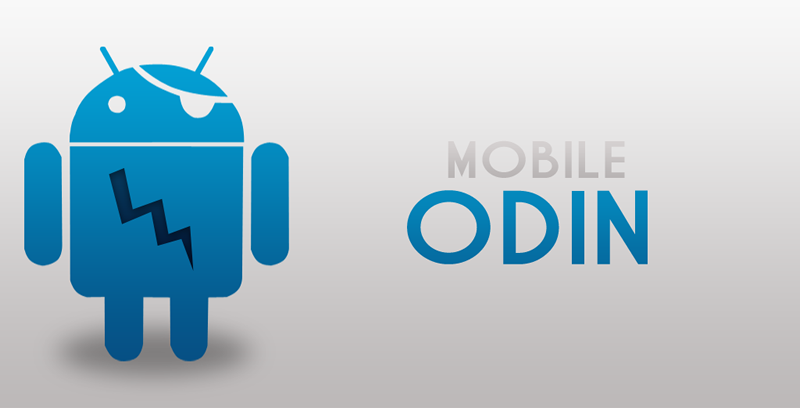Search result

Changing Power buttons are a reflection of design trends in modern technology. When smartphones first came almost a decade ago, nearly every phone had a power button the top of the device. As screen sizes become bigger, and that top edge went higher and higher in the position beyond the reach of a normal user's hand, the power button re-positioned to the side of the device. When screens grew larger and home buttons went extinct, the power button got built-in fingerprint sensors. And Apple is no different: the iPhone power button experiences the same trends.
So when Apple completely removed the home button, it made two significant changes about the power button, too. First, the power button on the iPhone X is twice as big as its predecessor, so it's always easy to press it. And it now activates Siri when held down, instead of offering the shutdown prompt (the other main function of the iPhone home button). Both of these shifts make sense and was approved by users with open heart. iPhones were getting bigger, and making the button easier to press is a natural extension of that. And as the last major button left on the phone, having the power button trigger Siri was essentially the only option.
It was a difficult-to-adjust change at first, but the difference is a positive one, I think. I use Siri for simple things like setting alarms and adding reminders to return Amazon packages far more than I did to turn off my phone. And putting that function in the power button - which I nearly always have a thumb on when holding my phone, even more so than the home button - makes it even more accessible. Plus, the bigger button is just more enjoyable to press, especially on brand-new devices when the click is still nice and crisp.
© 2023 YouMobile Inc. All rights reserved





